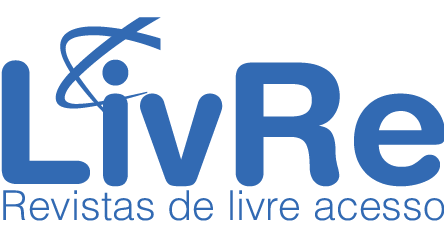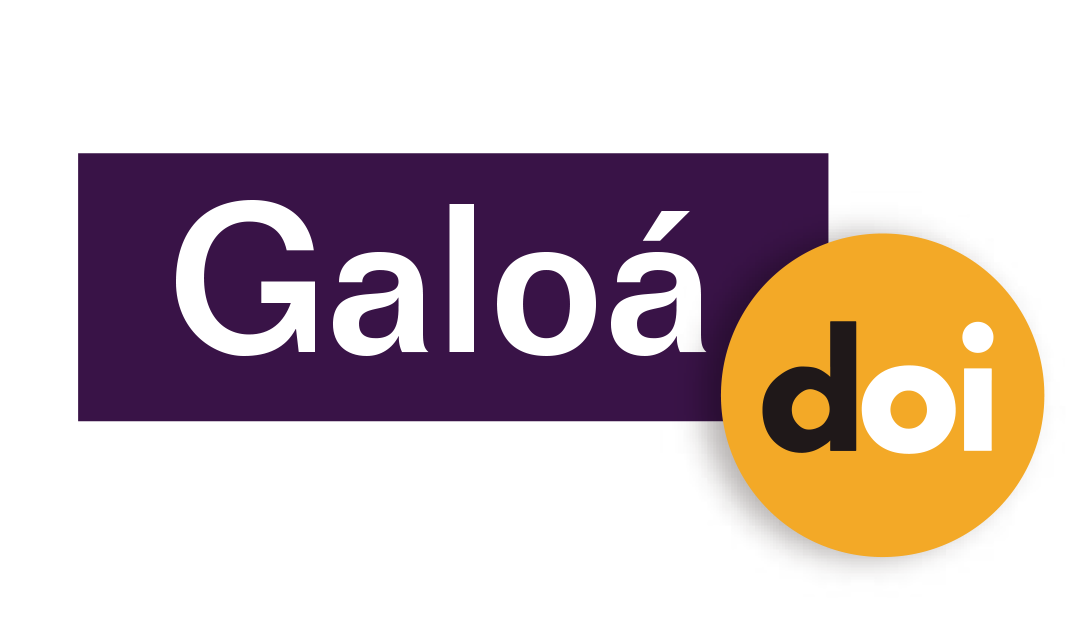Exploring Students Reversible Reasoning when Sketching an Original Graph Involving Derivatives Concept
Resumo
Background: Reversible reasoning, a key aspect of mental activity, is important for students at all levels of mathematics. Objective: The purpose of this study was to characterise students’ reversible reasoning when sketching graphs involving derivatives. Setting and participants: The data for this research was generated from a qualitative approach. We conducted clinical interviews with four students aged 18-19 who had completed and graduated in advanced calculus courses. They were selected for their high scores in the course. Data collection and analysis: Think aloud methods and task-based interviews were used to collect data. The analysis covered two original graph sketch assignments involving the graph of the derivative and its properties. Results: Through data analysis, we discovered two characteristics of reversible reasoning: Initial Reversible and Ongoing Reversible, which provide the initial framework for future research. These two characteristics are rooted in the student’s perspective of the problem at hand, where the Initial Reversible student is dominated by the accommodation process, while the Ongoing Reversible student tends to experience cognitive conflicts that cause him to change his direction of thinking. Conclusions: We discuss the implications of our findings for future teaching and curriculum development in calculus.
Palavras-chave
Reversible reasoning; Graphs original; Graphs derivative; Analytical derivative; Calculus
Texto completo:
PDF (English)DOI: https://doi.org/10.17648/acta.scientiae.6625
Apontamentos
- Não há apontamentos.
Direitos autorais 2022 Muhammad Ikram, marufi marufi, Muhammad Muzaini, Ernawati Ernawati

Esta obra está licenciada sob uma licença Creative Commons Atribuição 4.0 Internacional.
ANÚNCIOS
Informamos que, a partir de outubro de 2024, a revista Acta Scientia volta a aceitar submissões de artigos para publicação.
Mais, informamos que sites fraudulentos, https://periodicos-ulbrabr.org e https://periodicos-ulbrabra.org, estiveram se passando pela Acta Scientiae, utilizando nosso nome e identidade visual e até solicitado taxas de APC, que nós não cobramos. Aconselhamos cautela para evitar serem enganados por sites semelhantes.
Conceito A2 na Capes(2021)
Índice h5 do Google Scholar: 13
Índice mediana h5 do Google Scholar:24
eISSN: 2178-7727
Indexações:
A Acta Scientiae é indexada em: | Scopus |  | Latindex |  | Edubase (SBU/UNICAMP) |
 | Sumarios.org |  | Google Scholar |  | Portal LivRe (CNEM) |
 | Journals for Free |  | REDIB |  | Galoá DOI |

Todos os trabalhos publicados aqui estão sob uma licença Creative Commons - Atribuição 4.0 Internacional.
